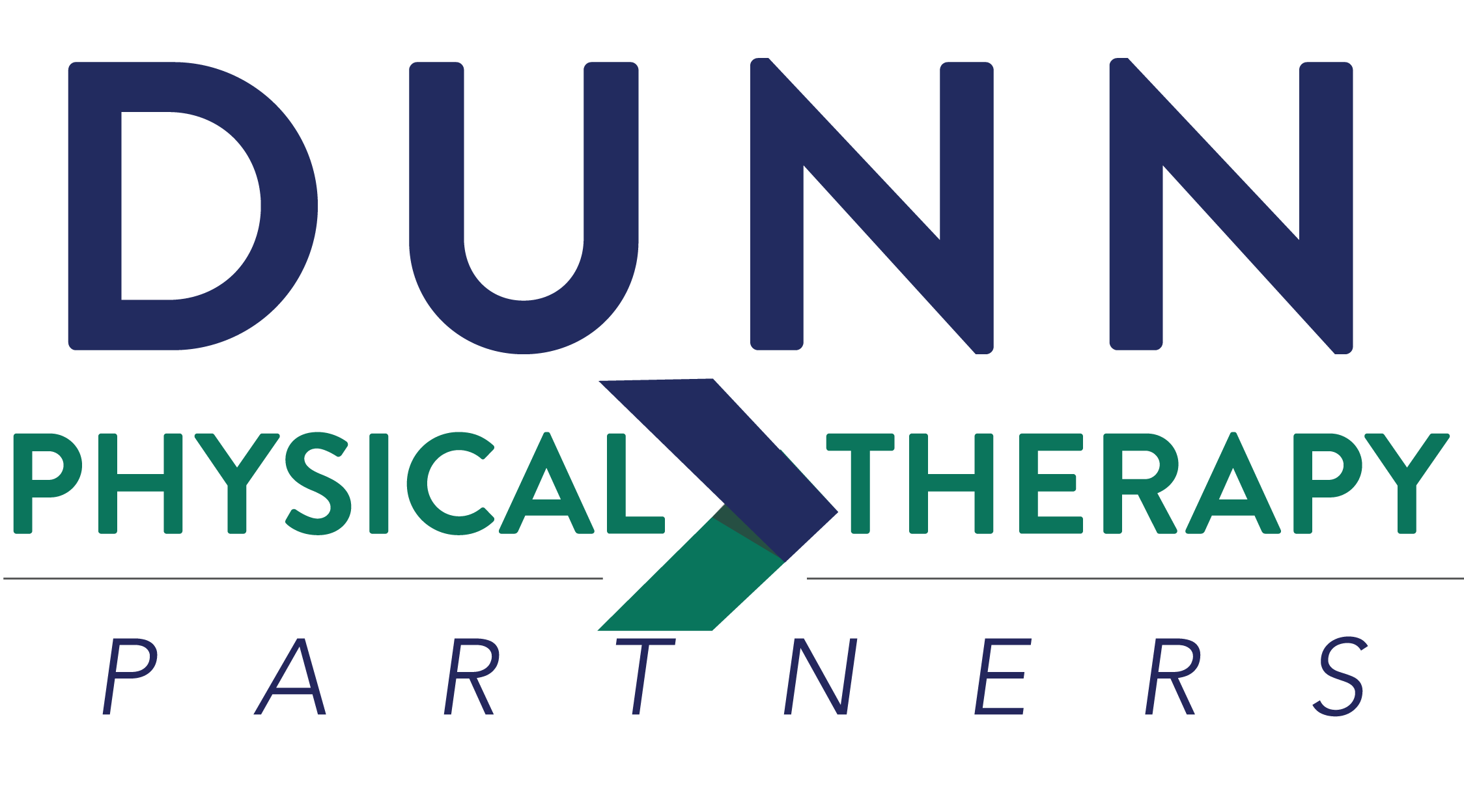Rotator cuff injuries can be serious if not treated.
Rotator Cuff Injuries
Got a dull ache or weakness in your arm after strenuous activity? Chances are you may have a rotator cuff injury, one of the most common arm and shoulder injuries. Physical therapy can help.
What is the Rotator Cuff?
Your shoulder blade muscles are attached to the humerus – the upper arm bone – by four tendons in a very tight space called the rotator cuff. These tendons are responsible for a wide range of motion in your arms, but especially rotation (hence the name.)
Essentially, the rotator cuff keeps the humerus head seated in its shallow shoulder socket.
How Does it Get Injured?
The tight quarters of the rotator cuff put these tendons within reach of bones and other ligaments near the shoulder. This space limitation, in addition to the wide range of motion and frequent use of the arms in some occupations, make rotator cuff injuries very common. They are especially common in throwing athletes and jobs like carpentry and painting, and can also be caused by natural degeneration.
There are two primary types of rotator cuff injuries:
- Tendonitis: inflammation of a single tendon. Typically this means pain only during a specific kind of movement.
- Tear: if the tendon is repeatedly inflamed and weakened enough, it can tear completely, causing significant pain and weakness.
Your shoulder may also have ‘impingement syndrome’ where the rotator cuff tendon or the bursa becomes ‘pinched’ as you life up your arm, leading to inflammation and pain in one of the rotator cuff tendons and the joint.
Rotator cuff injuries can be serious if not treated. Your tendency after an injury is to rest, but with a rotator cuff this can lead to a condition called adhesive capsulitis where scar tissue forms around the joint.
How Do We Treat Rotator Cuff Injuries?
Depending on the nature of your rotator cuff injury, we employ a variety of techniques:
- Dry needling: very thin needles are used to release “trigger points” in your muscles, relieving tension and restoring mobility.
- Mulligan Mobilization with Movement: carefully targeted “repositioning” of shoulder and arm joints.
- Maitland Mobilization: varying movements of the shoulder to ease stiffness.
Soft tissue work: a neuromuscular therapy approach that stimulates joint muscles to ease tension and pain. - Muscle reeducation: helps restore normal movement patterns that may have been disrupted due to your injury.

